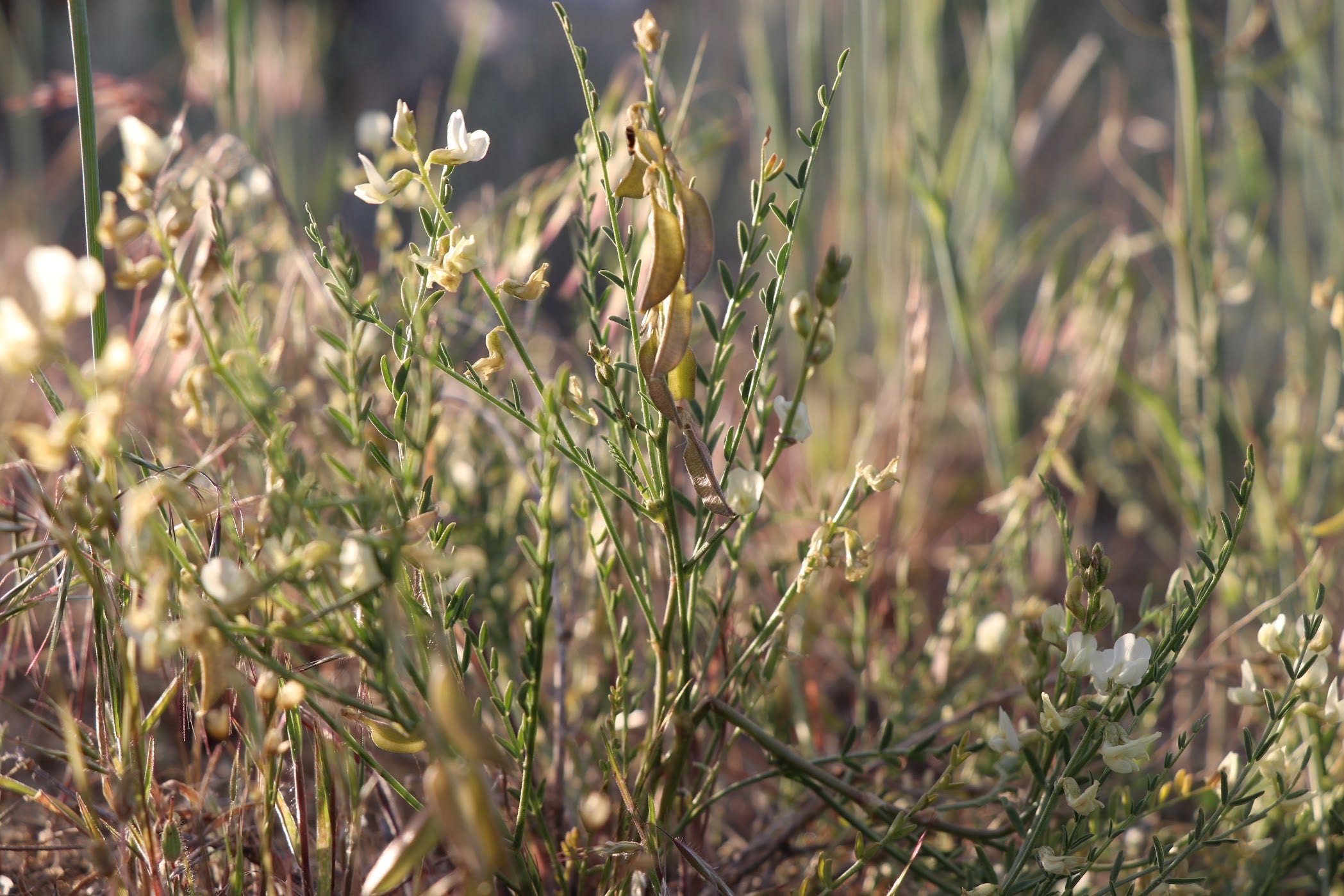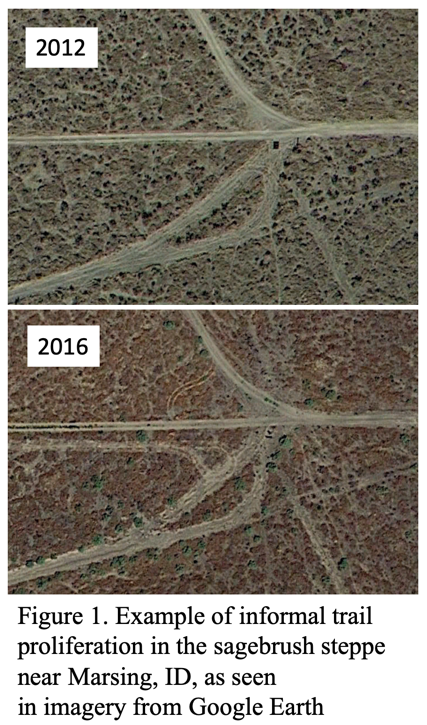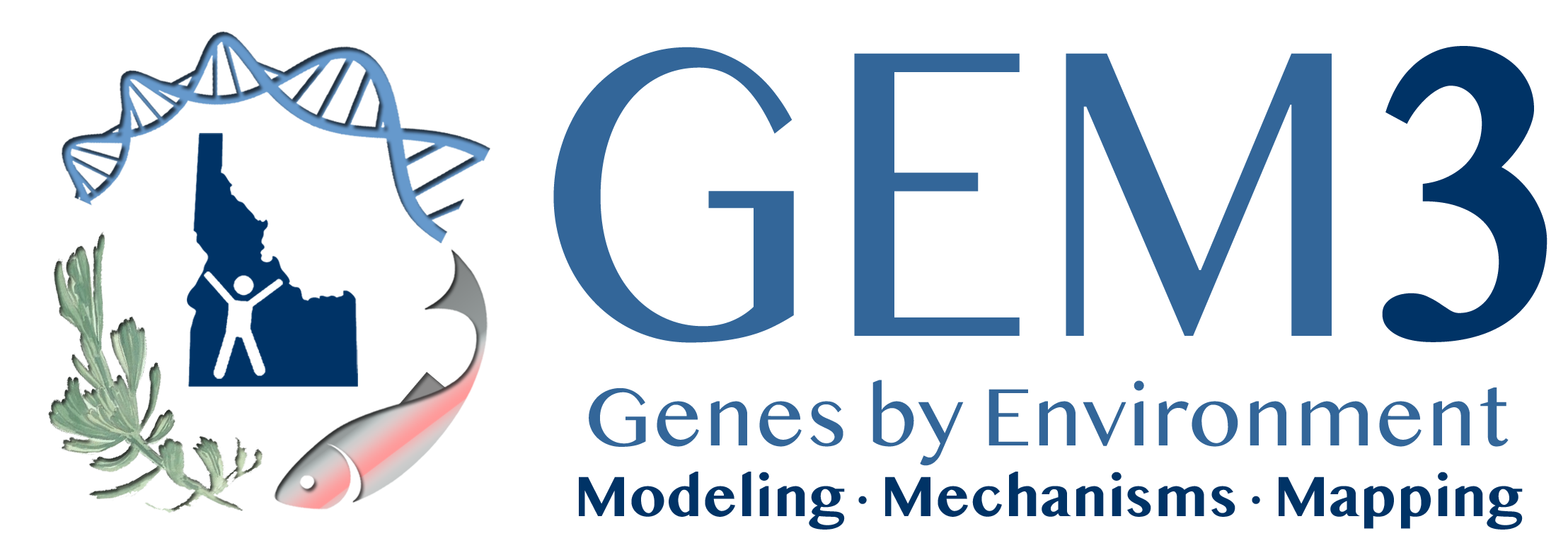
Maintaining biodiversity and climate-resilient landscapes depends on our ability to understand how ecosystems resist disturbances such as plant invasions. Projected climate conditions are expected to favor invasive annual grasses such as Bromus tectorum and increase their spread, particularly if they have a dispersal mechanism. Roads and trails, particularly those created by motorized vehicles, are among the well-documented conduits of plant invasions and threats to rare plants. With growing urbanization and the expansion of the wildland-urban interface, trails will increasingly provide invasive species opportunities to prosper and encroach on sensitive habitat areas. These risks are of heightened concern with informal trails, which are neither designed nor maintained to minimize impacts.

Trail design and maintenance are ways that managers can adapt management to climate-driven increases in invasive plant proliferation and rising recreational land use impacts. Regular monitoring of informal trail proliferation is necessary to identify and address areas that are at risk. Traditional trail monitoring methods such as the use of trail cameras and on the ground-mapping are expensive and time-consuming, as well as limited in spatial scale. However, advances in geospatial software, as well as an abundance of high-resolution imagery provide a promising solution to these challenges and are increasingly being used to study the impacts of formal and informal trails. This project is in collaboration with the Bruneau BLM field office, and uses these emerging methods and data sources to provide baseline data on formal and informal trail proliferation in the Owyhee front of Southwestern Idaho. The target mapping locations are centered around monitoring sites for Mulford’s milkvetch (Astragalus mulfordiae), a rare and threatened plant endemic to Southwestern Idaho and Eastern Oregon.
Team Members:
Clara Buchholz
Dr. Kelly Hopping
Funding
This project is supported by the NSF Idaho EPSCoR Program and by the National Science Foundation under award number OIA-1757324.

